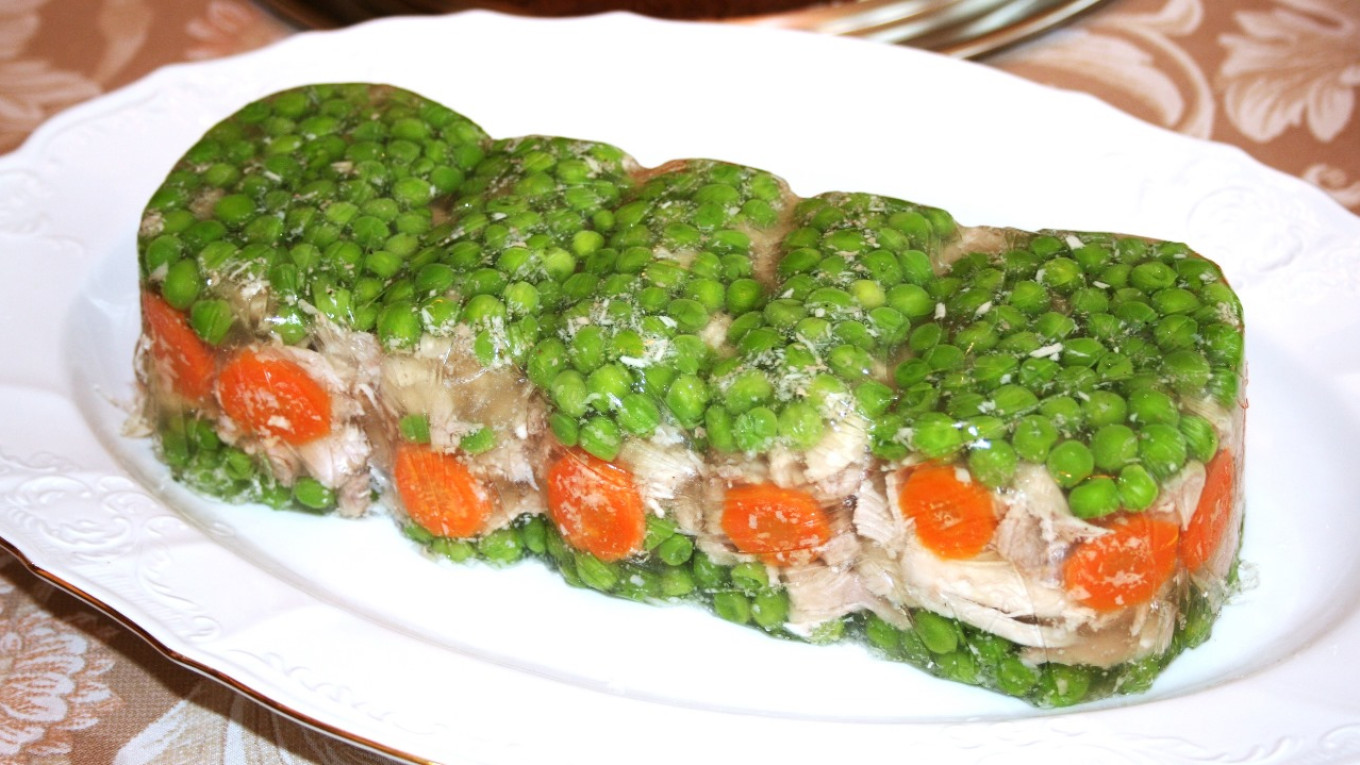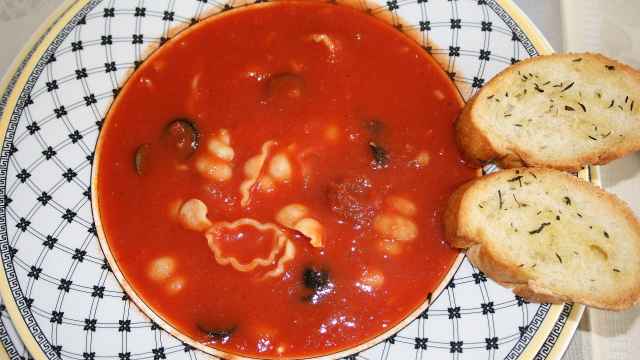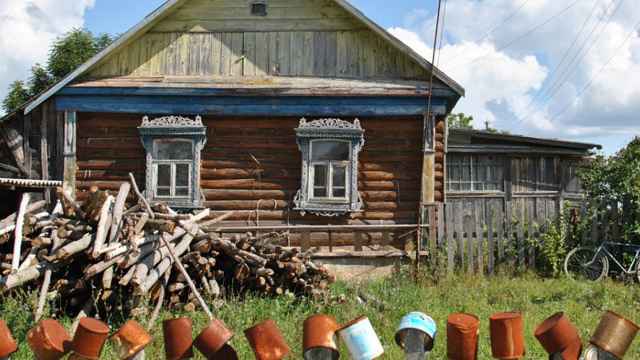Today in Russia you are most likely to find green peas in Salad Olivier or as a garnish on a plate with hot dogs. We’ve known these classic Soviet dishes since childhood — in fact, many people think that canned peas appeared in the Soviet era. But the history of peas in Russia is older and much more interesting.
Peas have long been grown in Russia, predominantly in Volyn, Podolia, Kovno, Tambov, Penza, Saratov, Samara and Vyatka provinces, although peas were also grown in the northern provinces — even Arkhangelsk. The pre-revolutionary Brockhaus and Efron dictionary wrote that the average annual yield in 50 provinces over seven years (1883-1889) was more than 150 million gallons (more than 350,000 tons).
The peasants of the village of Porechye were the first in the Rostov district of Yaroslavl province to grow vegetables, mainly green peas, chicory and various herbs. Production began there in the 18th century. The secret of sugar snap peas production was brought to these regions by the peasant farmer Ilya Zolotakhin.
The problem in the village of Porechye was a shortage of land. Each farmer was only entitled to about four acres. There was no place to grow wheat. No matter how good the land was, farming on such small plots could not provide a livelihood. But vegetable gardening made it possible to earn more from what land they had, even though it required more labor and effort.
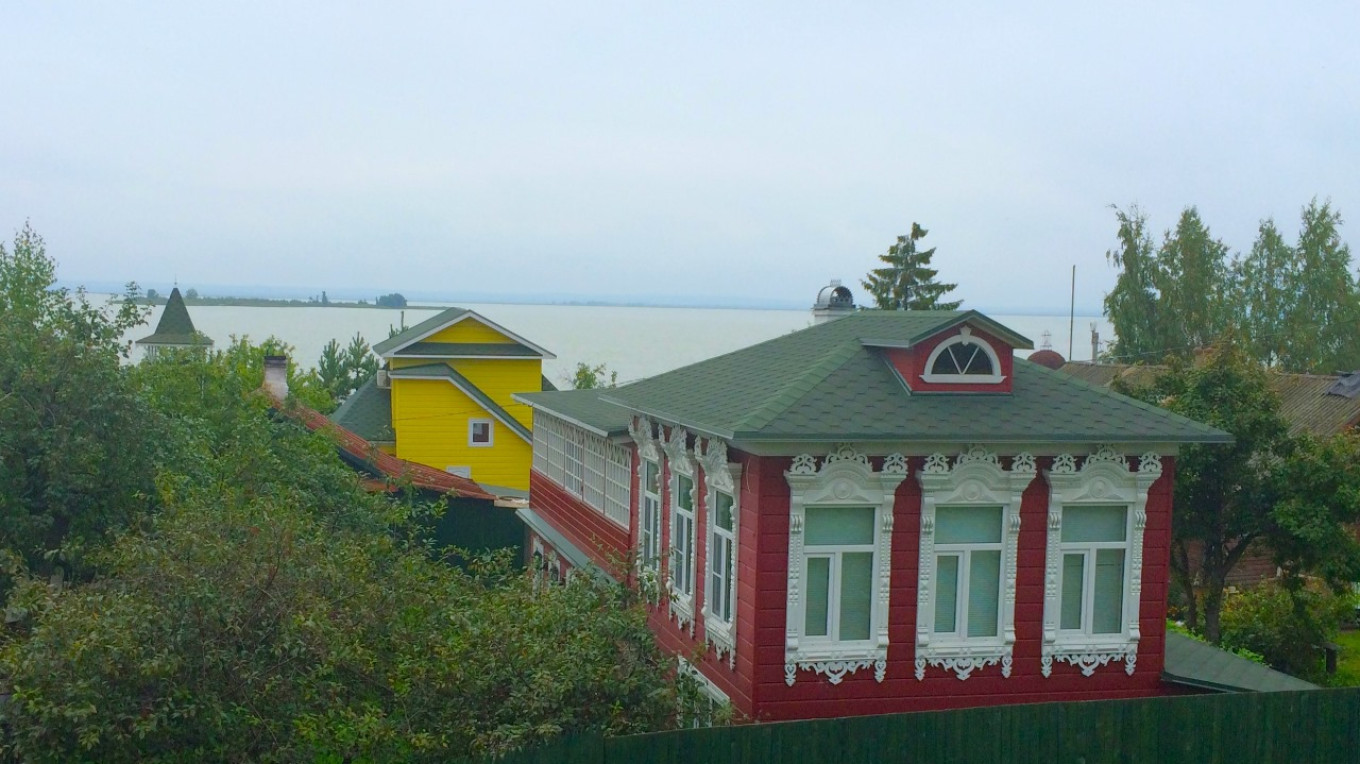
The land near Rostov Lake has long been famous for the best black soil in the province. The climate was also favorable for agriculture. Spring rains meant that rivers and lakes flooded part of the land with silt — the best fertilizer.
The village itself was about two miles from Rostov Lake (also called Lake Nero) on the Gda River. On the opposite shore stands Rostov the Great where Porechye peasants sold their vegetables at the market. The river and lake were also a good transportation route for sending the harvested peas to more distant lands.
So thanks to a coincidence of circumstances, these places became the center of pea growing in Russia. And not just any peas, but small sweet peas. Since the 18th century this pea-growing center became known throughout Russia and even abroad. "French food traders come to Porechye every year to buy up the entire stock of peas. The total amount of peas exported abroad is not measured in traditional weights, but loaded wagons,” wrote the authors of the book "Canning Fruits and Berries" in 1892.
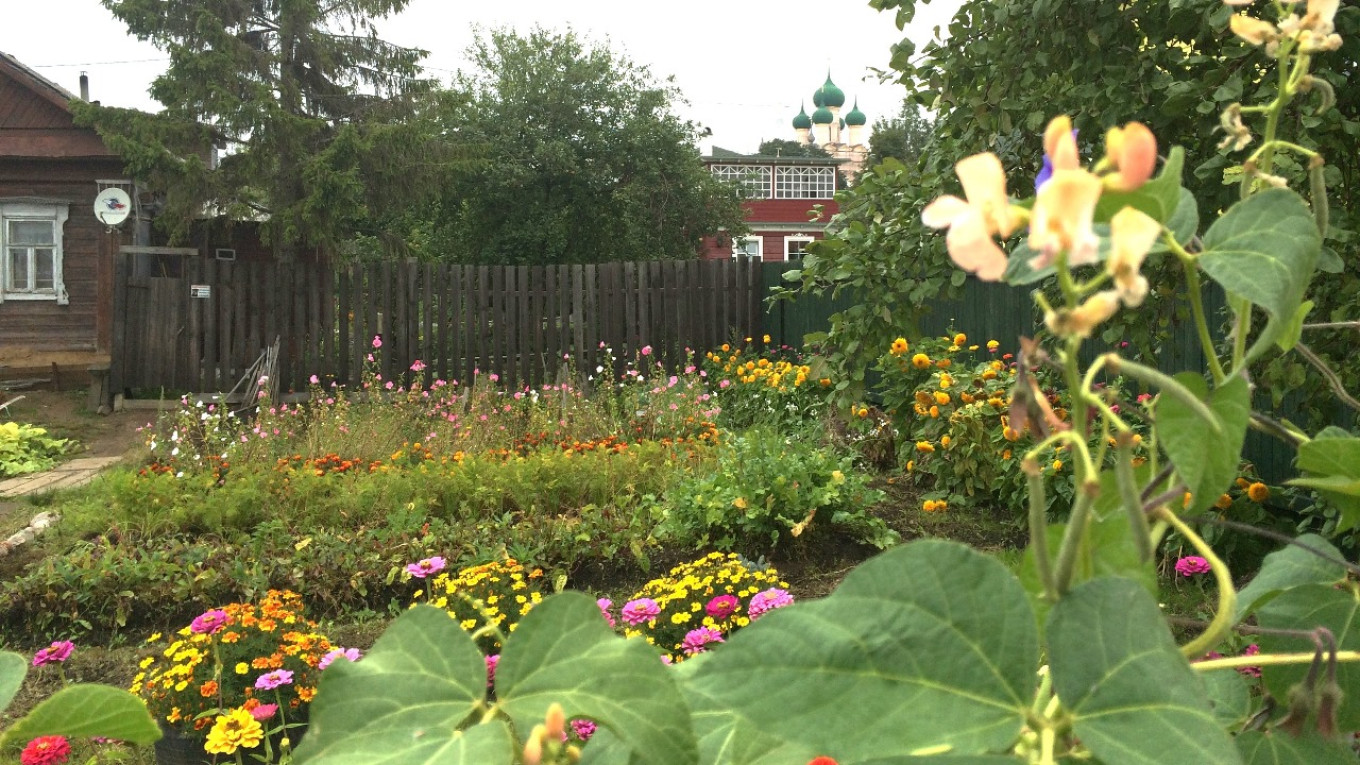
Peas have been a favorite dish in Russia for a long time. The famous Russian historian Nikolai Kostomarov noted that "During Lent when it was considered a sin to eat fish, Russians lived on vegetables: they ate pies with peas, different dishes made of peas: smashed peas, grated peas, pea cheese, i.e. firmly beaten crushed peas with vegetable oil, noodles made of pea flour...". People ate a thin pea mousse, which was more of an appetizer than a drink. You could cut with a knife, and its consistency was like rather dense jelly.
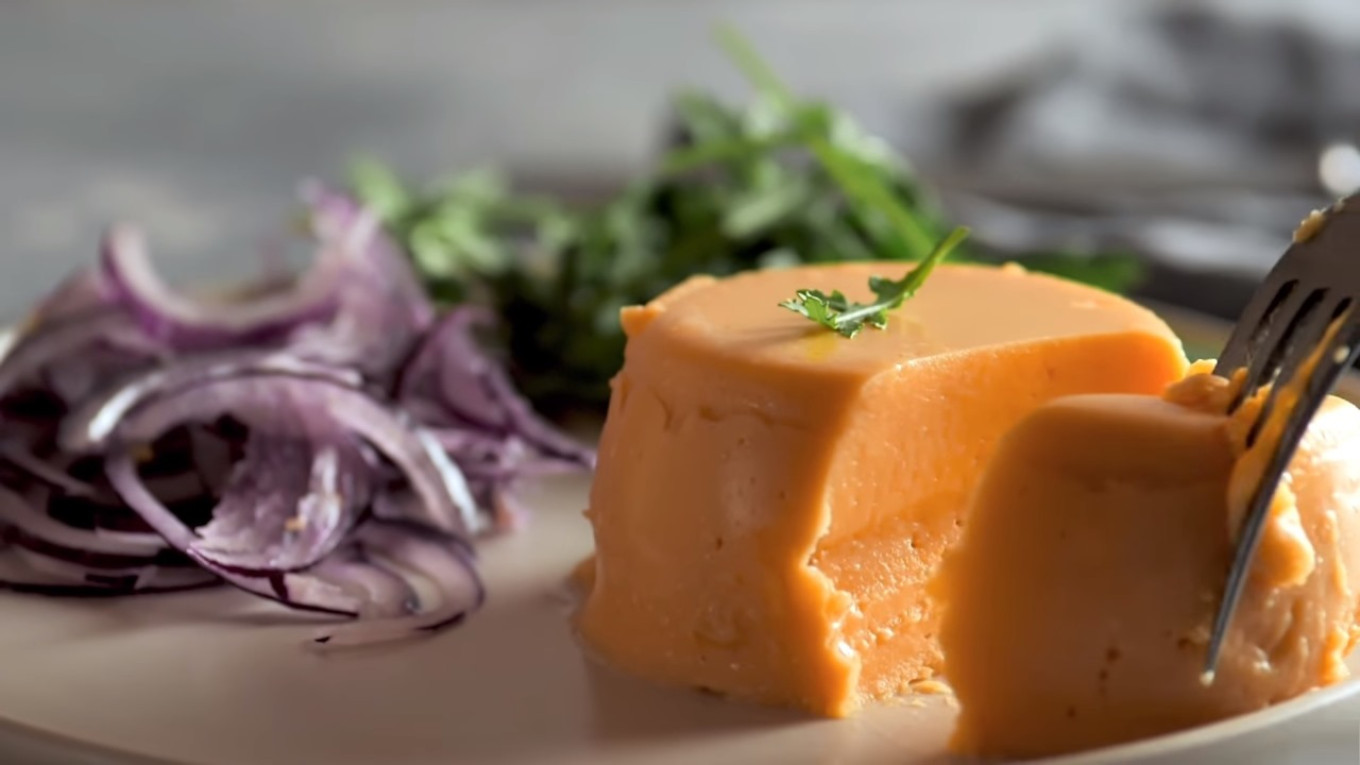
Peas weren’t just the food of common folk. Anna Leopoldovna — Regent of the Russian Empire in 1740-1741 during the reign of the young Emperor Ivan VI — had a special love for young peas. Several plates of pea pods were sent to her household from Peterhof and Strelny every other day.
How did they serve them? These sweet peas were eaten raw. But, of course, the main task was to preserve them. They could be dried, as they had been for centuries, but drying left them tough.
Rostov gardeners found a way to preserve them. They realized that when the peas were dried, the taste stayed the same and the peas stayed green but got wrinkled. A whole processing chain was developed. Farmers only picked peas that were medium-ripe. They boiled the peas in a copper pot (so they wouldn't yellow), then quickly cooled them in cold water. After that they spread the peas on a grate and dried them in a stove until the grains puffed up. Then they transferred the peas to a cloth where they cooled and shriveled. Finally, the peas were weighted down and dried again. All this was done in the dark, so the color of the peas would not be lost.
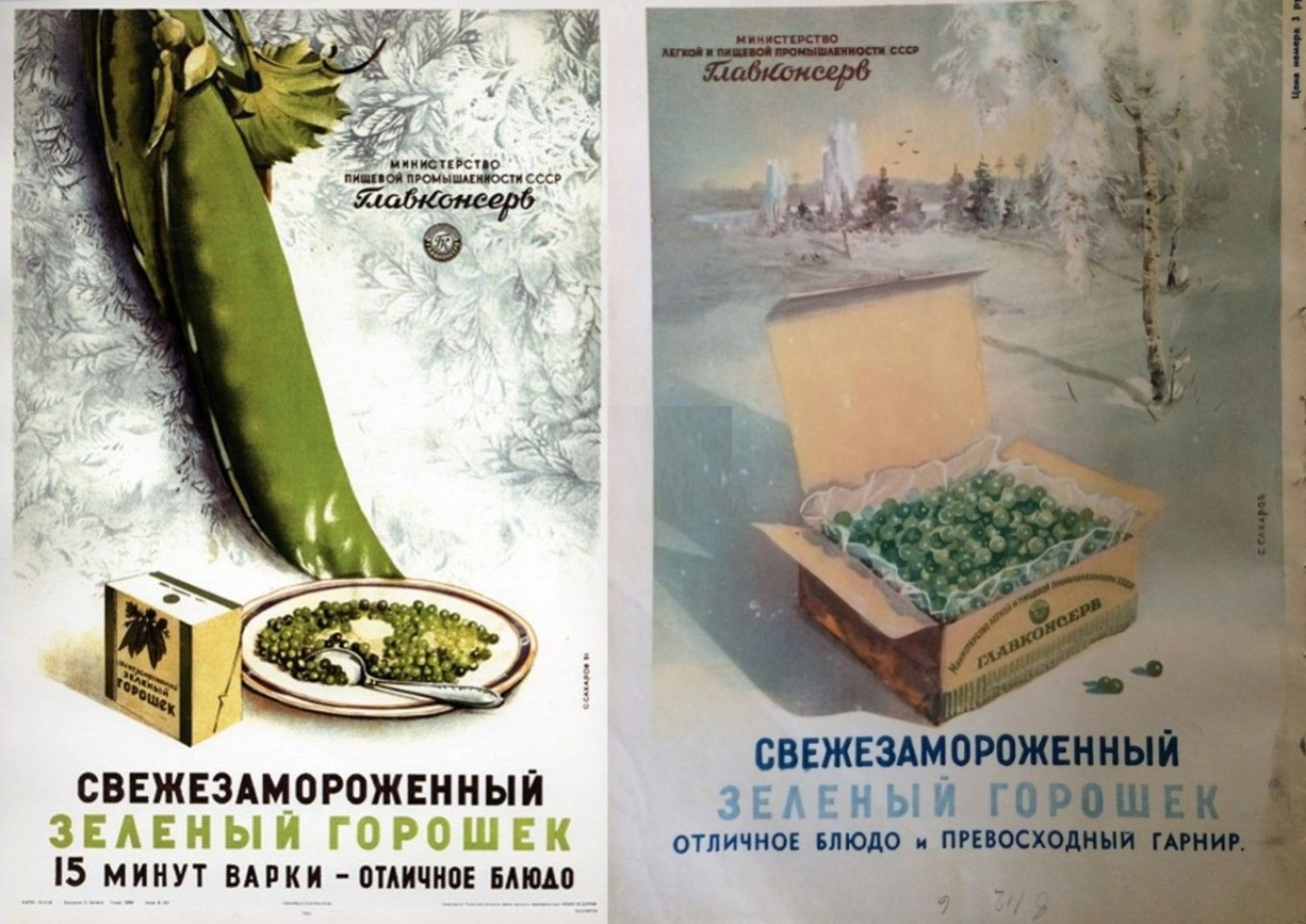
Another way of preserving peas was canning. Primitive variants of canning had been used since the 18th century. Peas were parboiled, put into kegs and covered with salty brine. Julius Gouffé in his "Almanac of Gastronomes" (1877) provides a recipe:
"Sugar snap peas: Select freshly picked, medium-sized peas. Blanch 3 ½ pecks of sweet peas for 10 minutes. Place in fresh water. Strain. Put into a barrel of salted water. Close tightly and store in the cellar."
Since the middle of the 19th century peas were canned the modern way. At the Paris World Exhibition in 1867, Russian manufacturers successfully presented their canned peas along with their usual dried peas.
Using these canned peas was a bit time-consuming. The peas were drained from the can then fried in oil with finely chopped parsley and onions. They were served as a garnish with butter and pepper.
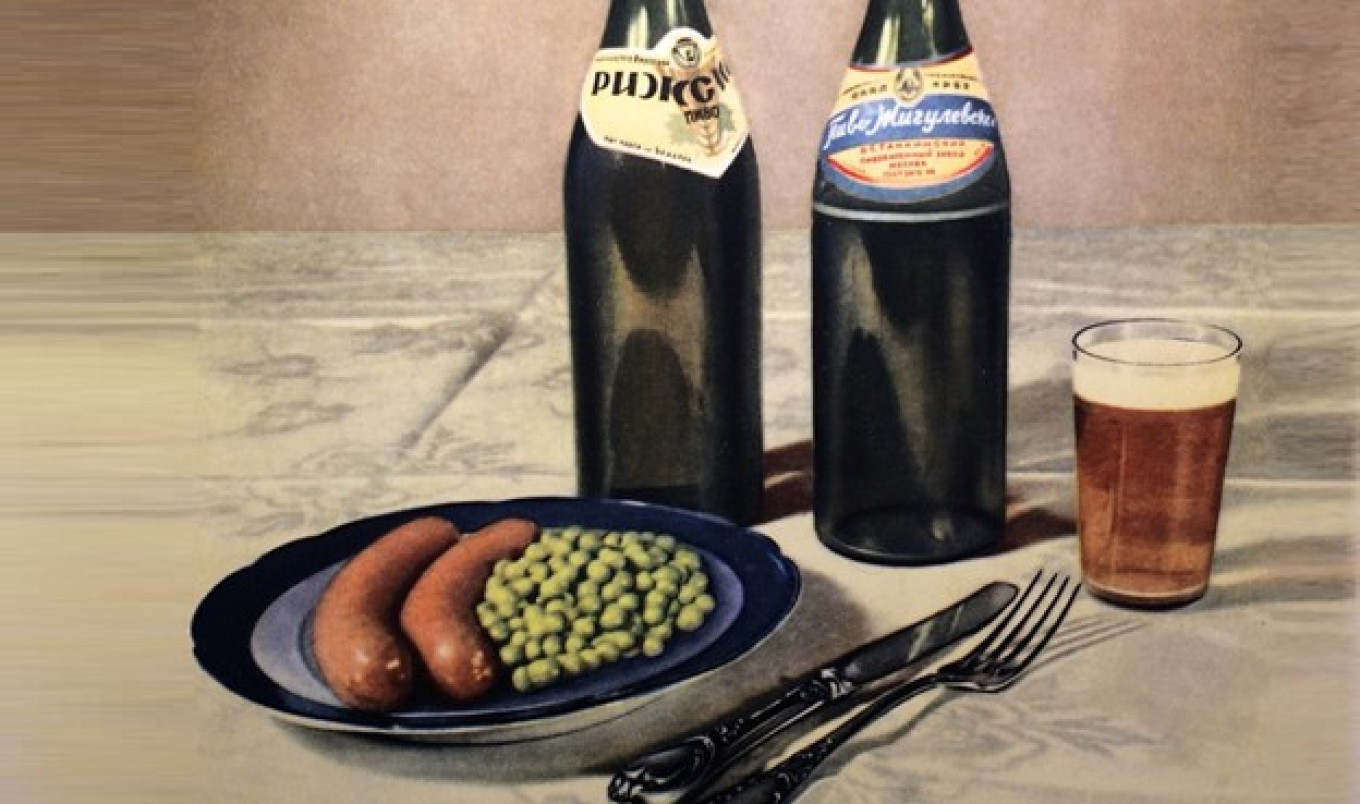
Who could have guessed at the time that in just 50 years green peas would become a lifesaver for Soviet housewives? Cans of green peas would be stocked for New Year's Salad Olivier. And hot dogs served with peas would become a classic in canteens and cafes.
But we won’t take the path of Soviet simplicity. Instead we’ll use peas to prepare an elegant and beautiful dish.
Rabbit and Green Peas in Aspic
Like all cold appetizers, aspics should be prepared the day before. You should begin cooking in the morning, since the rabbit needs to be marinated in wine, which adds at least another two to three hours to the total cooking time.
Ask the butcher to cut the rabbit into pieces. But at home, be sure to clean the pieces, as there may be small bones.
If you don’t have a butcher — or even if you do — it’s best to cut up the rabbit yourself. It’s not difficult. You cut it up the same way you cut up a chicken. First cut off the front and back legs from the carcass at the joint, then cut out the backbone along the ribs. This is where you’ll find the most meat, which you can cut into small pieces.
Ingredients
- 1 whole rabbit
- 1 bottle of white wine
- 2 medium carrots
- 1 onion
- 1 bag of frozen green peas
- 3 garlic cloves
- 3-4 sprigs of thyme
- parsley
- 15 g (1 ½ Tbsp) gelatin
- Salt and pepper to taste
Instructions
- Cut the rabbit into several pieces. Check for small bones and remove.
- Salt and pepper the pieces of rabbit and put them in a bowl. Pour white wine to cover the rabbit, add thyme sprigs. Put in the refrigerator for 2-3 hours.
- Peel onion, carrots and garlic. Cut one carrot into pieces, leave the other one whole.
- Cut onions into quarters and garlic cloves in half.
- Transfer the rabbit to a pot, add the chopped carrots, onions and garlic, pour in the marinade and add enough hot water so that the rabbit is covered with liquid by 3-4 cm (about 2 inches).
- Bring to a boil, turn down the heat and cook over low heat for 1 ½ hours. After an hour add the whole carrot. Taste the broth and season. Add parsley.
- Take out the rabbit and vegetables, strain the broth and measure. It is usually about 0.75 ml (2.5 oz or 1/3 с).
- Add gelatin to 2 Tbsp of cold water for 10 minutes.
- Put the broth on a low heat, add the gelatin and heat until the gelatin is completely dissolved. Do not boil! Remove from heat.
- Separate the rabbit meat from the bones and chop finely.
- Boil green peas and then plunge into ice water to preserve the color.
- Line a mold with cling film. Put a layer of green peas on the bottom. Then layer pieces of rabbit, top with a layer of green peas. Cut the carrot into coins and place along the sides of the the mold.
- Pour broth through a strainer. Do not pour a lot over the rabbit — just enough to cover. You’ll flip the aspic out of the mold so the contents will turn over.
- Put in the refrigerator overnight.
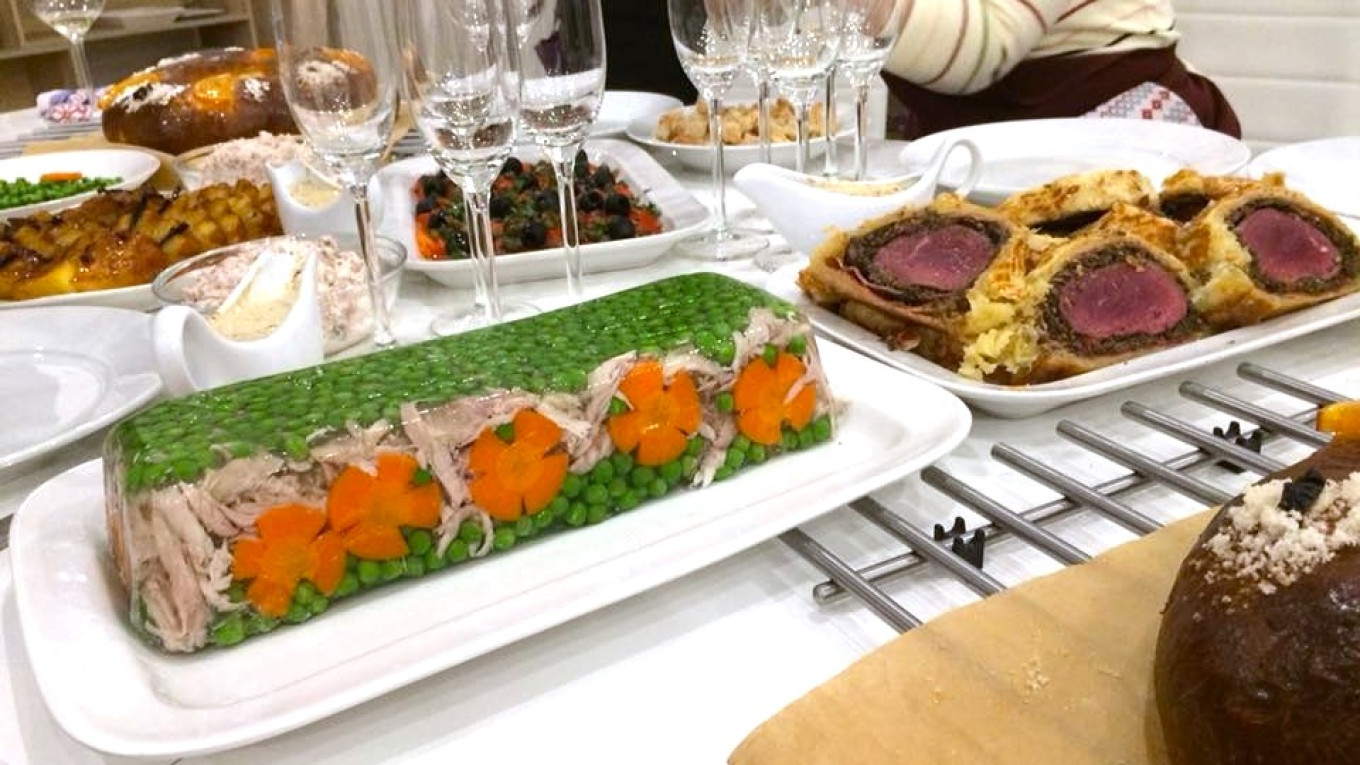
A Message from The Moscow Times:
Dear readers,
We are facing unprecedented challenges. Russia's Prosecutor General's Office has designated The Moscow Times as an "undesirable" organization, criminalizing our work and putting our staff at risk of prosecution. This follows our earlier unjust labeling as a "foreign agent."
These actions are direct attempts to silence independent journalism in Russia. The authorities claim our work "discredits the decisions of the Russian leadership." We see things differently: we strive to provide accurate, unbiased reporting on Russia.
We, the journalists of The Moscow Times, refuse to be silenced. But to continue our work, we need your help.
Your support, no matter how small, makes a world of difference. If you can, please support us monthly starting from just $2. It's quick to set up, and every contribution makes a significant impact.
By supporting The Moscow Times, you're defending open, independent journalism in the face of repression. Thank you for standing with us.
Remind me later.



